Front Loading Washing Machines
When it comes to choosing an ideal washing machine, it all boils down to your washing needs. But, even before working your way through the specifics of a suitable model, it is far essential to understand the basics as a priority. Now, in this article, we’ll take through front-loading washers.
Before you make an investment of buying a washing machine for your home, consider the important points that ensure you make the right decision.
What is a Front Loading Washing Machine?
Quite simply, front loaders are mainly defined by the front side location of the door. In fact, most top-loaders resemble a clothes dryer with one key feature being a clear door on the front side.
Another key aspect that distinguishes a front loader from others is the absence of an agitator. The lack of an agitator allows gentle washing while guaranteeing quality washes.
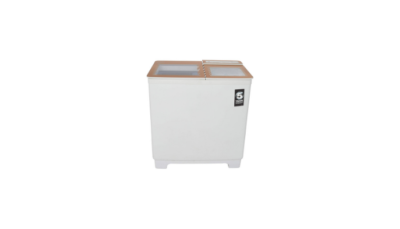
Godrej WS 900 PDS 9kg Semi-Automatic Washing Machine Review
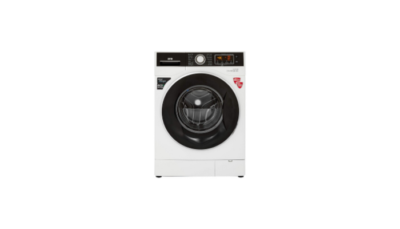
IFB 7.5 kg Fully-Automatic Washing Machine Review
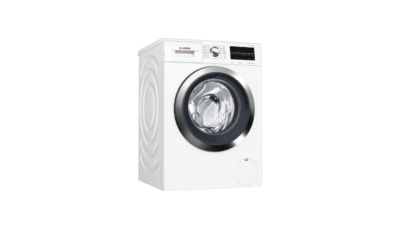
Bosch Front Loading 8kg WAT2846WIN Review
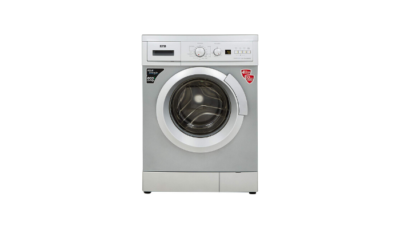
IFB Serena Aqua SXA LDT 7 kg Washing Machine Review
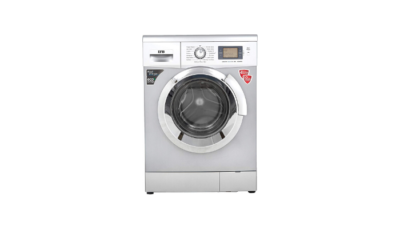
IFB Senator Aqua SX 8 kg Washing Machine Review
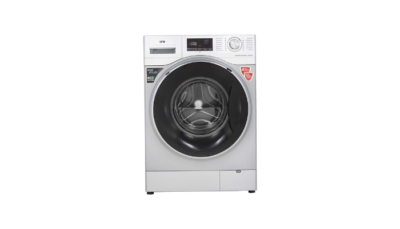
IFB Senator WXS 8kg Washing Machine Review
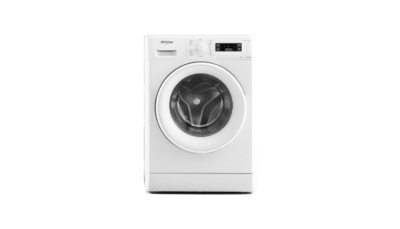
Whirlpool Fresh Care 7110 7 kg Washing Machine Review
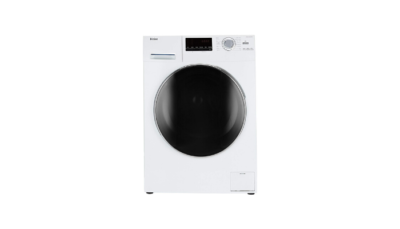
Haier 6 kg Fully-Automatic Front Loading Washing Machine (HW60-10636NZP) Review
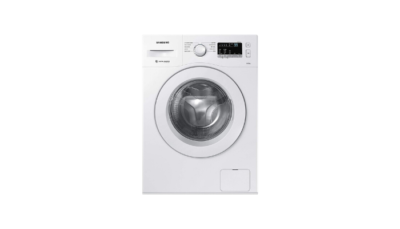
Samsung 6 kg Fully-Automatic Front Loading Washing Machine (WW60M206LMW/TL) Review
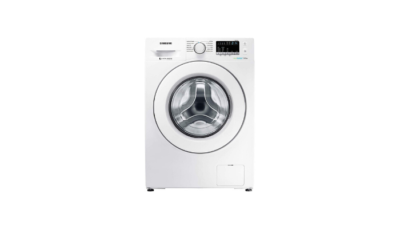
Samsung 8 kg Inverter Fully-Automatic Front Loading Washing Machine (WW80J4243MW/TL) Review
How Front Loaders Work?
Front-loaders share principle working mechanisms as top loaders. With a tub, motor, control system, and so on. Ideally, the water occupies the bottom section of the washing tub, and the tumbling action spins clothes through the water. Due to the rolling action, dirt gets removed from the fabric.
Take note, in this case; clothes must not always be fully immersed in water. And that explains why front loaders are popular for saving water and detergent. In automatic models, the water is filled intervention-free depending on the weight of the load the machine senses.
What to Expect From Top Loaders?
Variable wash cycles
Some loading washing machines feature both quick and slower wash settings. Depending on the weight of the load and type of fabrics being washed, users can adjust the settings accordingly for consistent quality results.
Structure
The main feature distinguishing top loaders from other designs is the location of the door. As the name hints, the opening from where clothes get into the washing drum is on the front side of the machine.
Capacity
Generally speaking, front loaders can handle more load at a go as compared to top-loading counterparts. So with one, you’ll be able to wash more clothes in one cycle. And that makes front-loaders ideal for handling bulky items such as duvets, sleeping bags, comforters and more. One thing though, you have to part way with more space for set up at home.
Internal components
Front-loaders come with simpler inner mechanisms as compared to top loading alternatives. For instance, most models just have the motor connected to the drum. No gears or a clutch. And with that, you have little maintenance to do because with less inner workings chances of problems also reduce.
Safety features
Expect everything from lock systems and leakage prevention mechanisms, among other elements that allow flawless washing.
Special features
Some models allow the user to add more clothes into the washing drum even though cleaning is in progress. Other unique inclusions may include anything energy efficiency features to noise suppressing features and self-cleaning technology, among others.
Controls
Most washers come equipped with built-in mini-computer-like controls for guiding operations.
Conclusion
As far as washing machines are concerned, it doesn’t matter whether it’s front-loading or not. Instead, the question should be more about suitability to your needs.
